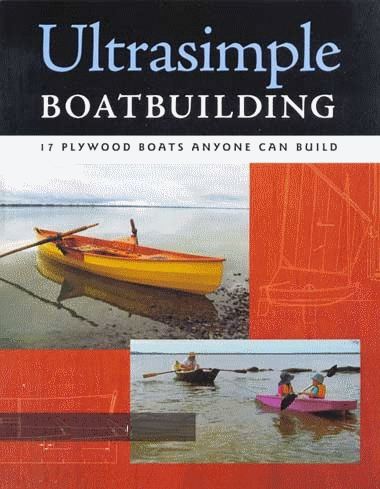
History recalls the Atalanta came about through the collaboration between Allen Vines a senior Fariey Marine executive and designer Uffa Fox, the Atalanta was conceived as a trailable shallow draft performance cruiser with the sea keeping capabilities and safety of a fin keel yacht.

There were three variants of the Atalanta, a 26ft (8.1m) hull with a slightly shorter cockpit and more headroom called the Titania (named after another Fairey flying boat), a larger version the Atalanta 31 (9.45m) and the Fulmar a 20ft(6.1m) version with a single lifting keel.

In 1955, Fox designed a 24ft (7.32m) prototype based on some of the concepts demonstrated by Vines in a development of the companys Albacore and after extensive trials the first 26ft (7.92m) Atalanta class boats were launched in June 1956. By 1968, when production ceased, some 291 Atalanta variants had been built at Fairey’s Hamble Point yard.


Many of these craft are still sailing and there is an active owners association plus you can follow Atalanta owner and fellow blogger Roy Woolley for first hand insight.
